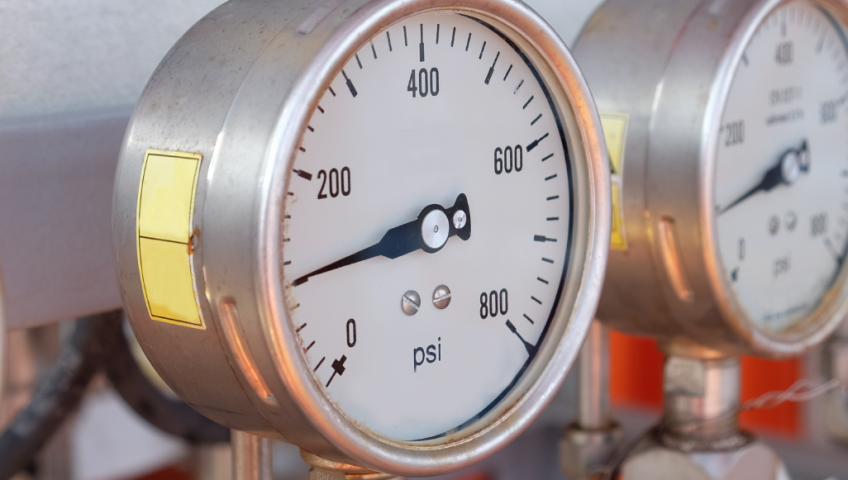This article is the first part of a small series of articles aimed at introducing pneumatic system industry professionals to advanced monitoring and the evolution to Industry 4.0
Why monitor?
Compressed air systems and pneumatic actuation make up an industry that is worth over 10 billion dollars, with applications in industries from oil & gas to automobile manufacturing, food & beverages to chemical processing. Although electrical actuation systems have improved significantly, and the market for those has increased many times over, pneumatic systems remain the most sought after means of automation due to their low cost and simple operation.
Regardless of its application, the bulk of all energy consumed by a compressed air system is in the air compression stage. In a lot of cases, the energy consumed by compressors also makes a significant chunk of all energy consumed by a plant, typically between 5% to 10%. It doesn’t help to know that only 10% of the power consumed in compressing air is actually utilized for plant operations. Conserving this energy and reducing compressed air wastage thus directly affects the energy cost of a plant.
Being the primary source of energy consumption, it makes sense to monitor how compressed air is used. Compressed air wastage is typically clubbed under two causes:
- Poor design, i.e. too many bends, wrong fitting sizes, inaccurate pressure/demand analyses, inappropriate compressor and air treatment selection/design
- Air leakage from different components and piping network
Design issues are uncommon because of the maturity of pneumatic system design over the last few decades and growing expertise of system integrators. Most compressed air system issues and operators’ worries stem from air leakages. A mere 0.5mm leak can cost up to $75 in surplus annual energy consumption. Move that up to just two 3.5mm leaks, and annual energy consumption goes up by $5,000. Poorly maintained plants lose anywhere between 20%-30% of total compressed air as leaks from their pneumatic systems.

